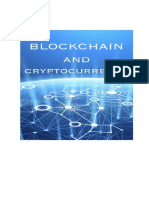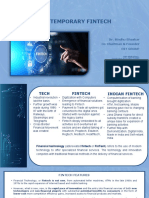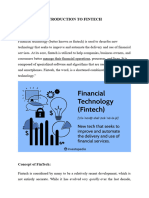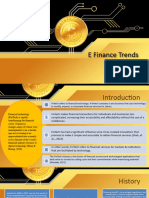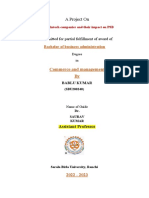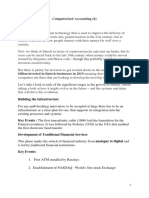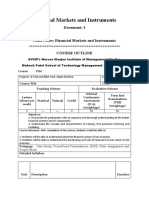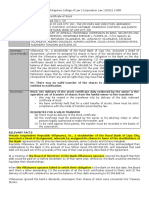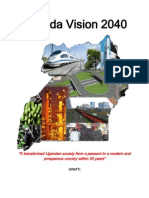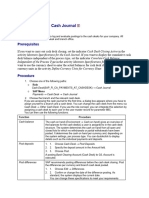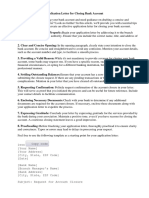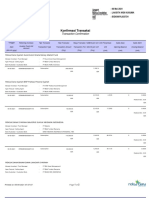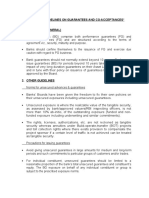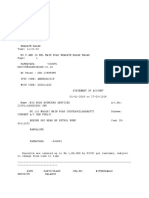0% found this document useful (0 votes)
19 views103 pagesPay Tech
The document outlines a course on Financial Innovation and Technology (Fin565) at COMSATS University Islamabad, covering topics such as payment technologies, cryptofinance, credit technologies, and investment technologies. It includes a historical perspective on the evolution of fintech, emphasizing the impact of innovations like digital wallets, blockchain, and AI on the financial services industry. The course aims to equip students with knowledge of both the technology and business aspects of fintech, focusing on practical applications and value propositions.
Uploaded by
m.shaban.idreesiCopyright
© © All Rights Reserved
We take content rights seriously. If you suspect this is your content, claim it here.
Available Formats
Download as PDF, TXT or read online on Scribd
0% found this document useful (0 votes)
19 views103 pagesPay Tech
The document outlines a course on Financial Innovation and Technology (Fin565) at COMSATS University Islamabad, covering topics such as payment technologies, cryptofinance, credit technologies, and investment technologies. It includes a historical perspective on the evolution of fintech, emphasizing the impact of innovations like digital wallets, blockchain, and AI on the financial services industry. The course aims to equip students with knowledge of both the technology and business aspects of fintech, focusing on practical applications and value propositions.
Uploaded by
m.shaban.idreesiCopyright
© © All Rights Reserved
We take content rights seriously. If you suspect this is your content, claim it here.
Available Formats
Download as PDF, TXT or read online on Scribd
/ 103

